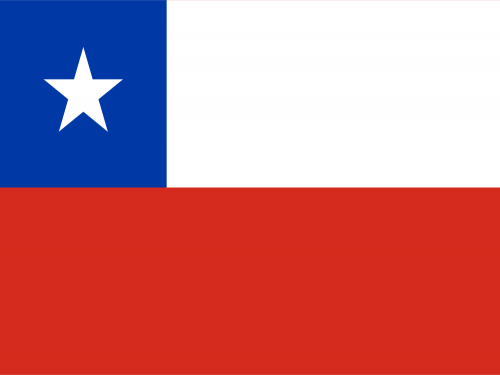Located in Chile's central valley, the mountains and the ocean are just an hour away.
Long before the arrival of European explorers, the Mapuche indigenous people inhabited the region around Santiago. They lived off the fertile land nestled between the Andes Mountains and the Pacific Ocean, cultivating crops and developing their own rich culture.
In 1541, Spanish explorer Pedro de Valdivia founded Santiago, naming it after the apostle Saint James, and it soon became a key hub in the Spanish Empire's colonial network.
In the centuries that followed, Santiago played a pivotal role in the Spanish Empire's South American colonial ambitions. It became a hub for trade and culture, with grand cathedrals and plazas taking root.
Yet, the city also witnessed turmoil, including the Mapuche resistance and the fight for Chilean independence led by figures like Bernardo O'Higgins and José de San Martín.
The 20th century brought seismic shifts. In 1970, Salvador Allende's socialist government took power, followed by a military coup in 1973. The subsequent Pinochet dictatorship left its mark on the city.
As you explore Santiago's streets, you'll encounter remnants of its history, from the historic architecture of neighborhoods like Lastarria to the poignant memorials commemorating Chile's tumultuous past. But you'll also find a city that is constantly evolving, a dynamic hub of culture, politics, and innovation nestled beneath the towering peaks of the Andes.
Source ChatGPT


XP EARNED OUT OF 0
Points Breakdown
| Sticker Collected | 0 XP |
| Card Collected | 0 XP |
| Bonuses | 0 XP |
| Total | 0 XP |
Local Airport
Arturo Merino Benítez International Airport

Elevation
474 m
Opened
1967
Runways
2


